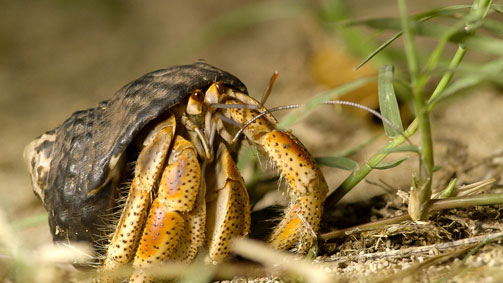I grew up in the high mountain desert of northern New Mexico, and like most everyone else my age or older, the snowy, barefoot walk to school was uphill, both ways. Well, it wasn’t really uphill, and it certainly wasn’t barefoot, but from late October through January it was definitely snowy. I have many fond memories of Halloweens with my brothers, us knee-deep in snow, making snowmen using our carved pumpkins for the head.
I’ve not spent much time in New Mexico over the last 16 years, but the last year brought me home for a time and I’ve noticed changes from what I remember as a child. While these observations are just anecdotal (and not necessarily only tied to climate change), they have me thinking about my ability to notice the impacts of our changing climate in my own “backyard”. They also make me wonder if a changing relationship to our local environments may be affecting our ability to adapt.
Recently, my work has allowed me to connect with communities from around the world that are actively working to adapt to the impacts of climate change. Many of these communities are on the frontlines of climate change impacts – either due to their environmental context (small island states in the Caribbean; the rapidly changing Northern Boreal environments of Finland) or their economic fragility (remote villages in Nicaragua). And, while these regions are all distinct, with vastly different cultures and histories, one thing became immediately clear across all of these contexts: the importance of maintaining and supporting a strong relationship to environment and place is a critical aspect of climate adaptation.
Many of the climate adaptation projects we explored centered on natural resource management. However, the projects that stood out were not just scientifically innovative, but also had strong support from local communities because of their active connection with local cultural and environmental heritage. These projects built on the traditional practices that have tied people to place for hundreds, if not thousands of years in some cases. For example, while some community members in Nicaragua maintain traditional fishing and agricultural practices, they also preserve an intricate understanding of the subtle environmental changes and patterns that affect their daily lives (something that, in all honesty, I am oblivious to in my daily tinkering at my computer).
It is no surprise then, that these communities are ready and willing to take action when they see unprecedented and unpredictable changes limiting their livelihood and eroding culture heritage. Even through something as basic as traditional foods, maintaining a culturally relevant connection to the environment is one of the key elements to implementing successful, community-led climate adaptation efforts. For example, in Barbuda Soldier Fungi (pronounced Foon-Ji), is a dish that links Barbudans to their African heritage and to the health of their local environment. Soldier Fungi is a seasonal dish that coincides with the annual migration of hermit crabs, which means seasonal disruptions or changes in migration patterns are noticed and tracked by local communities.
Halfway around the world, local fishermen in Finland were the first to identify a fish die-off because of their deep understanding of the local ecosystem (an event that was missed by formal institutional monitoring structures). In both these cases, local communities were the first to identify changes in their environment because of their linked cultural and environmental heritage.
However, in these and other communities, we heard that this local cultural and environmental knowledge is slowly “dying off” for a number of compounding economic, social, and environmental reasons. This dynamic makes the local management of natural resources increasingly challenging for communities whose cultural ties to place are stressed by environmental changes resulting from the impacts of climate change.
If the success of local climate adaptation efforts is dependent on the health of the cultural and environmental heritages of a community, more value needs to be placed on preserving local knowledge. Not only do we need to find the space to connect to our natural environments in ways that support traditional knowledge and the cultural histories that tie us to place, climate change practitioners need to ensure that the knowledge and insights that come from this connection are welcomed as equally valuable insights as part of an integrated climate change knowledge base.
If people can no longer understand or see the changes taking place in their backyard, how can they adapt to the impacts of these changes?




